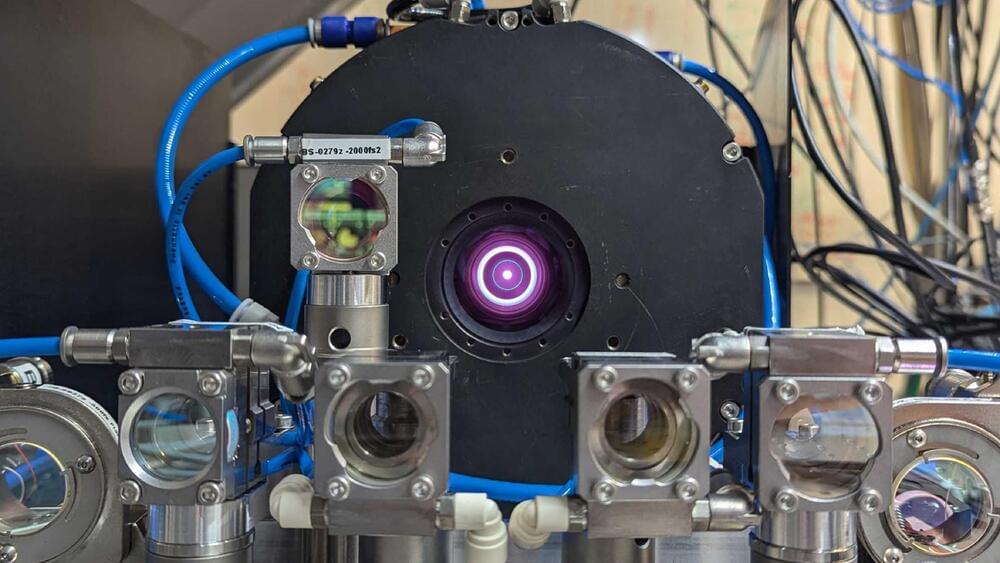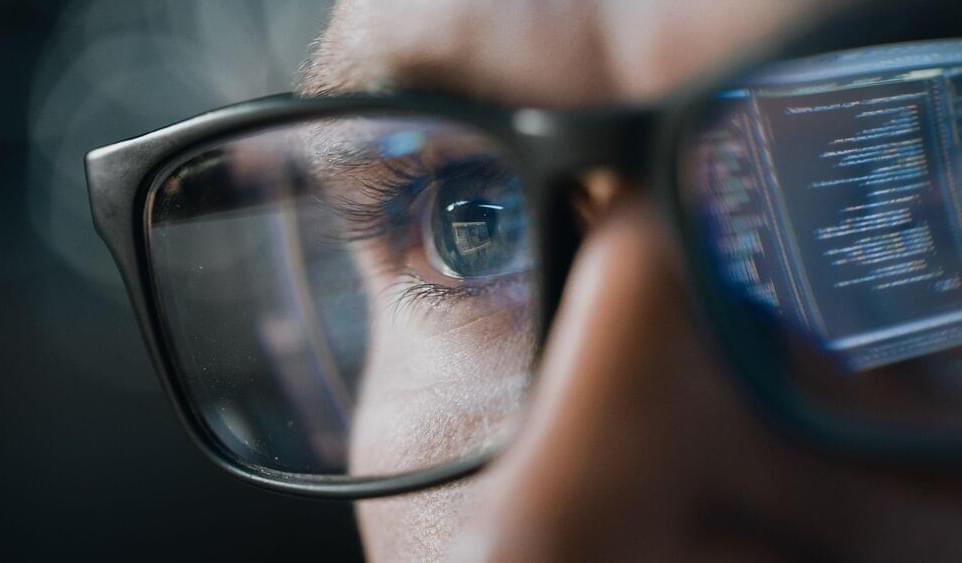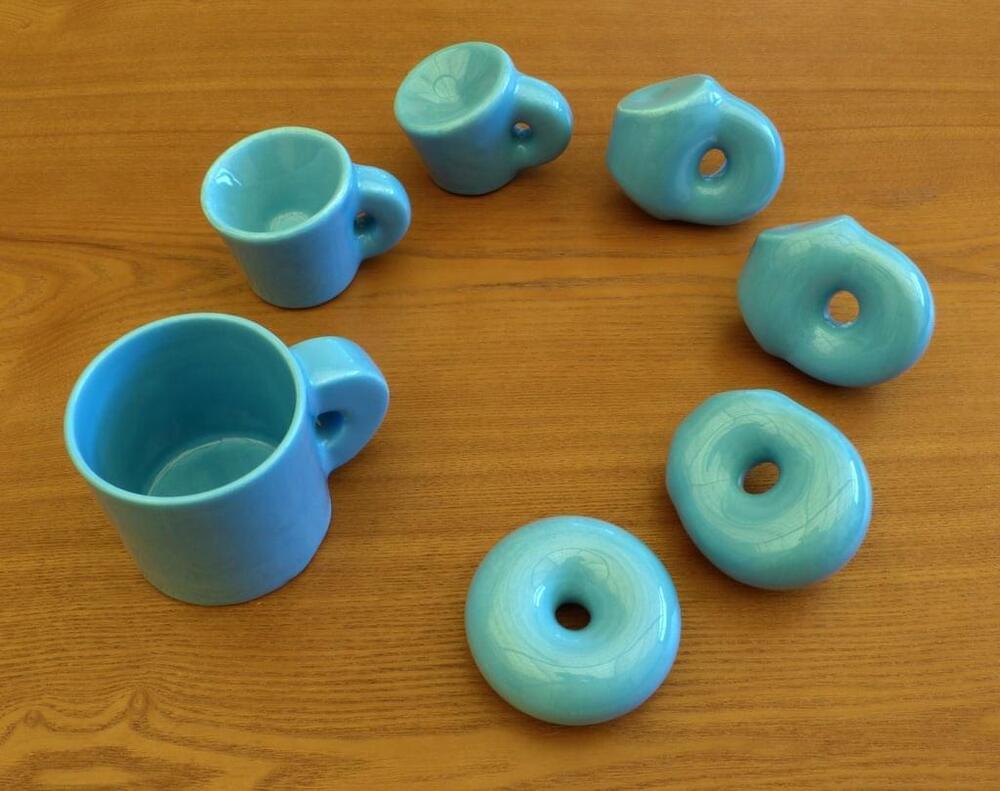A new laser oscillator generates ultrashort pulses, 50% more powerful than the previous record.
Researchers at ETH Zurich have developed a laser oscillator that produces the most powerful ultra-short laser pulses ever.
The pulses from the laser last for less than 10−12 seconds. However, on average, they carry 550 watts of power, with peak power output reaching 100 megawatts — this is more than enough to power hundreds of thousands of vacuum cleaners together for a short duration.
“They surpass the previous maximum by more than 50 percent. This is, to the best of our knowledge, the highest average power and highest pulse energy ever achieved for any modelocked oscillator,” the researchers note.







